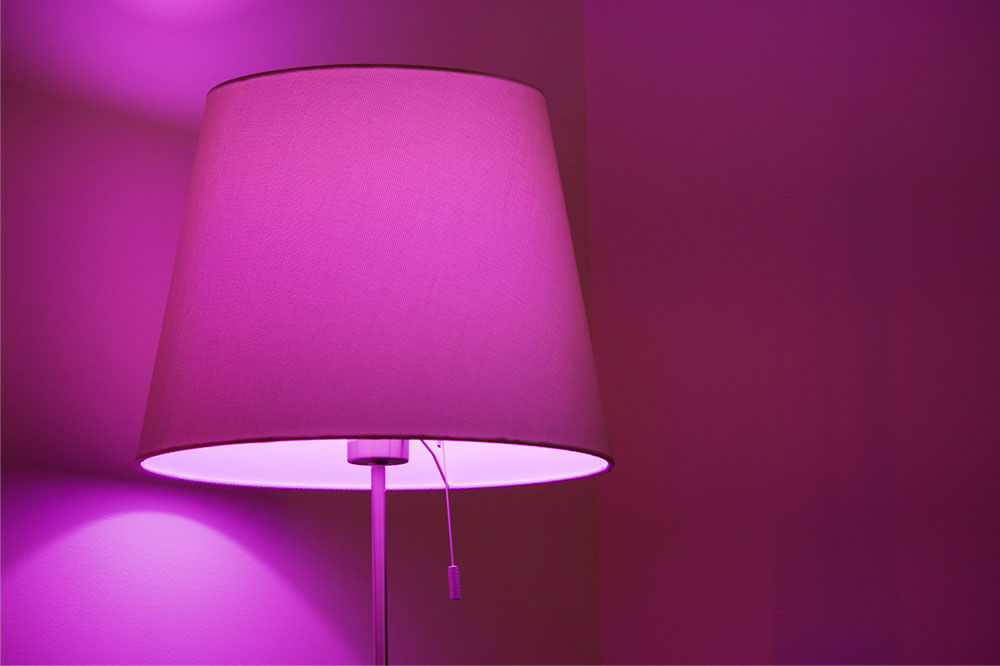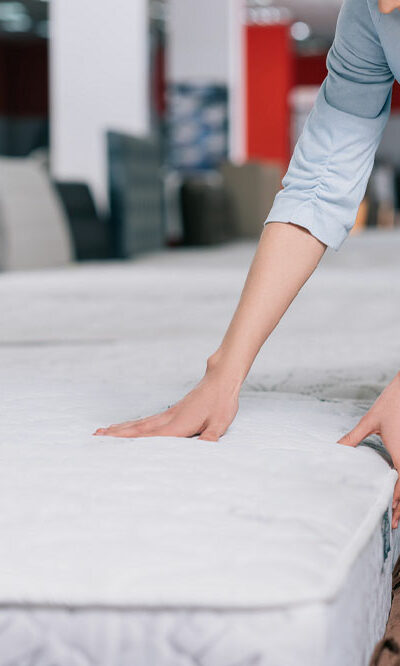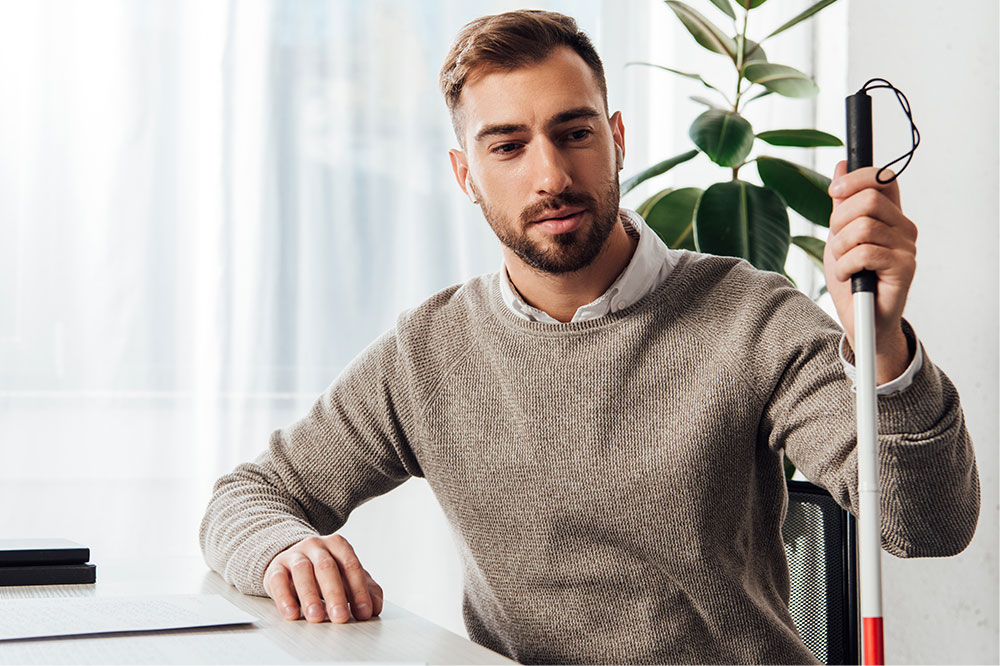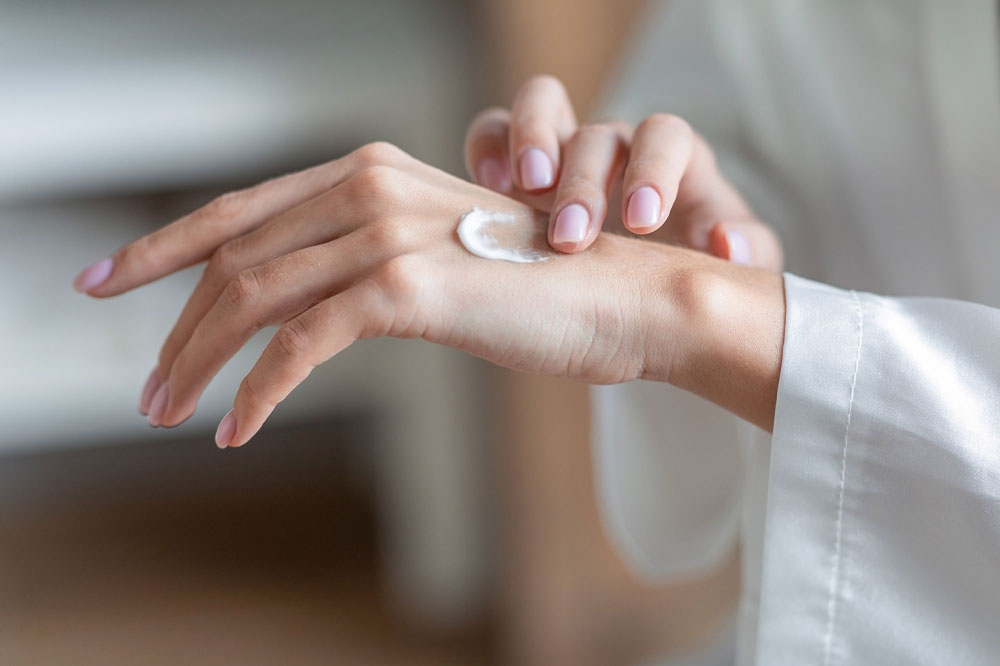Top 12 home lighting mistakes to avoid

Proper lighting is pivotal in creating a warm, inviting atmosphere in any home. It accentuates the spaces, reflecting one’s living style. However, many homeowners often make innocuous mistakes when illuminating their living spaces. This article will explore common home lighting mistakes and provide valuable tips to help avoid them. From choosing the wrong fixtures to neglecting task lighting, understanding these errors will let every person transform their spaces into beautifully lit homes.
Overlooking a lighting plan
One of the most common mistakes homeowners make is diving into lighting without a well-thought-out plan. Failing to consider the room’s purpose, layout, and desired ambiance can result in subpar illumination. To avoid this error, start by assessing the room’s needs. Does it require bright, functional lighting or a more subdued, cozy atmosphere? Creating a lighting plan tailored to each room will help select the right fixtures and bulbs.
Neglecting layered lighting
A single overhead light source can create harsh shadows and an unflattering atmosphere. Neglecting the concept of layered lighting is a significant mistake. Layered lighting involves three primary types: ambient, task, and accent lighting. Ambient lighting provides overall illumination, task lighting aids in specific activities, and accent lighting adds depth and visual interest. Combining these layers can transform the home’s ambiance and functionality.
Inadequate or inconsistent fixture placement
Another frequent blunder is installing fixtures without considering their placement and spacing. Whether it’s pendant lights over a kitchen island or sconces in a hallway, improper fixture placement can disrupt the room’s balance. Ensure fixtures are adequately spaced and positioned to distribute light evenly. Avoid overcrowding or leaving dark spots in the room, as both can negatively impact the lighting scheme.
Choosing the wrong color temperature
Selecting the right color temperature for lighting is paramount. A light source’s color temperature, measured in Kelvin (K), affects the ambiance and mood of a space. Warm white (2700K-3000K) creates a cozy, inviting atmosphere, while cool white (3500K-4500K) is more suitable for task-oriented spaces like kitchens. Daylight (5000K-6500K) mimics natural light and is ideal for work areas. The mistake to avoid here is using mismatched color temperatures throughout the home, which can create a disjointed and uncomfortable environment.
Ignoring dimmers and controls
Forgetting to incorporate dimmer switches and lighting controls is a regrettable oversight. Dimmers make way for adjusting the intensity of lighting, enabling mood-setting for any occasion. Smart lighting systems, like those compatible with voice assistants or smartphone apps, provide even greater flexibility and energy savings. Neglecting these options could cause homeowners to miss out on the opportunity to customize their lighting to suit different activities and moods.
Neglecting natural light
Many homeowners make the mistake of relying purely on artificial lighting, overlooking the beauty and benefits of natural light. While it’s not always possible to increase the number of windows in the home, it is possible to make the most of existing ones. Avoid blocking or obscuring windows with heavy curtains or furniture. Instead, choose light-filtering window treatments to maximize natural light and reduce the need for artificial illumination during the day.
Overlooking exterior lighting
While homeowners may invest significant time and effort in perfecting the interior lighting of their homes, exterior lighting is often an afterthought. Neglecting the importance of well-designed outdoor lighting can compromise security, curb appeal, and functionality. Consider adding landscape lighting to highlight architectural features, illuminate pathways, and enhance the home’s safety. Overlooking exterior lighting can result in a lackluster first impression and potential safety hazards.
Neglecting lighting in transition areas
Transition areas, such as hallways, staircases, and entryways, are often overlooked when planning home lighting. These spaces are crucial for safe navigation and can significantly benefit from well-placed lighting. Failing to light transition areas properly can lead to accidents and create an unwelcoming atmosphere. Consider installing sconces, pendant lights, or wall-mounted fixtures in these spaces to ensure they are well-lit and inviting, enhancing safety and aesthetics.
Disregarding energy efficiency
In this age of environmental consciousness, neglecting energy-efficient lighting options is a significant faux pas. Traditional incandescent bulbs are energy hogs and have a shorter lifespan than LED or CFL bulbs. Opt for energy-efficient options that save money on electricity bills and contribute to a greener planet.
Ignoring the room’s size and scale
The scale of fixtures concerning the room’s size is often underestimated. Choosing fixtures that are too large or too small for a room can disrupt the overall aesthetic and functionality. Pay attention to the fixture’s dimensions and the room’s proportions. A large chandelier may overwhelm a small dining area, while tiny wall sconces can get lost in a grand foyer. Strike a balance that complements the room’s size and design.
Forgetting about maintenance
Homeowners sometimes forget that lighting fixtures require maintenance. Neglecting to clean, dust, or replace bulbs can reduce illumination quality and unsightly fixtures. Regularly check and clean lighting fixtures and replace bulbs to maintain optimal performance.
Failing to personalize lighting
Personalization is key to creating a home that reflects each person’s unique style and needs. Failing to personalize lighting can make the space feel generic and uninspiring. Consider preferences, lifestyle, and the room’s purpose when selecting fixtures and lighting schemes. Whether adding a statement chandelier, incorporating quirky lamps, or choosing fixtures that align with the room’s design aesthetic, don’t miss the opportunity to infuse personality into the home’s lighting design.
In creating a well-lit and inviting home, avoiding common lighting mistakes is essential. By planning the lighting scheme, embracing layered lighting, choosing the right color temperature, and incorporating energy-efficient options, homeowners can enhance their living spaces’ functionality and aesthetics. Additionally, personalized lighting and proper maintenance will help ensure that the home radiates with warmth and style. By avoiding the abovementioned pitfalls, homeowners can transform their living spaces into well-lit sanctums.






